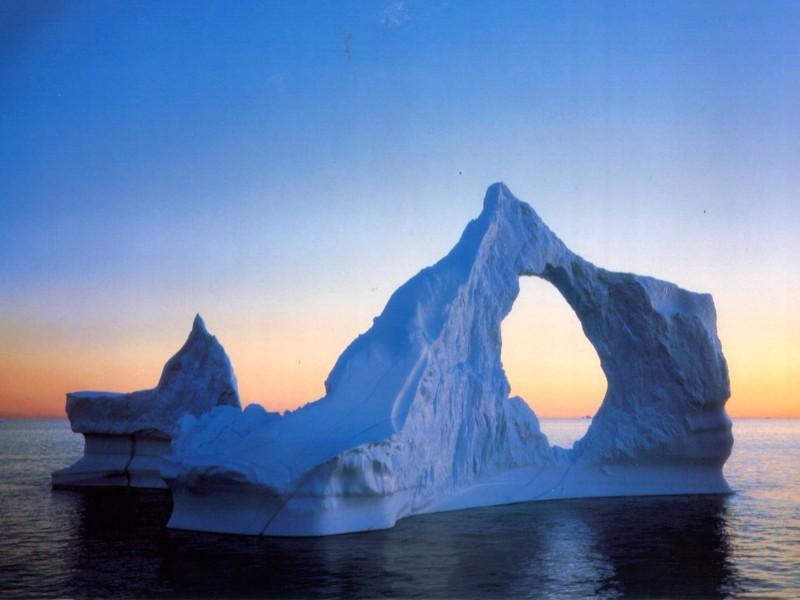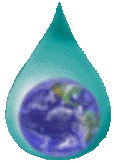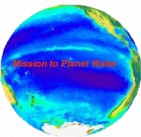
Will the Arctic become ice-free this century? Will the Northwest Passage support viable year-round shipping? How will changes impact wildlife? How will Northern communities be affected? These are among questions raised about the future of the Arctic, trying to anticipate effects of possible global warming.
Attempts by scientists to predict climatic change have depended using atmosphere-hydrosphere-cryosphere-biosphere models. These models produce many types of output (e.g.., temperature, precipitation, ice extent, vegetation) spanning hundreds of years.
On these pages, we will examine both seasonal changes in Arctic sea ice extent and changes in average ice extent over many years based upon various data sources compared with outputs from several models. We evaluate overall ice extent from "concentration" (a measure of the fraction of each unit area covered by ice). The ability of the models to accurately predict ice concentration is examined by comparing model concentrations with observed arctic ice concentrations.
The first documents steps required to make the comparison. Results are then discussed.
By studying observed ice thickness and snow depth data from several stations in the Canadian Arctic, we seek trends in the data that may indicate some impacts of climatic change. We identify areas of concern that may result from changing Arctic sea ice.

Polar bears may be especially at risk as their ability to catch prey (seals) depends upon sea ice.
SECTION 1: COMPARISON OF OBSERVED DATA AND MODEL OUTPUT
Dysfonction érectileData Acquisition:
To enable "clean" ("apples to apples") intercomparison of different observational data and output from different numerical models, we have defined a single domain with a common definition of grid points. For the purpose of this study, we identify a "high arctic" domain from Bering Strait to the coast of Norway, including passages in the Canadian Archipelago but omitting regions such as Hudson Bay / Foxe Basin, Baffin Bay / Labrador Sea, and the Bering, Okhotsk and Japan Seas. The different data and outputs are interpolated onto the common grid in a uniform way.
SECTION 2: CANADIAN ARCTIC Ice and Snow
Eastern and Western
Canadian Arctic
Landfast Arctic Ice
Thickness:
SECTION 3: THREAT - AND OPPORTUNITY
Impacts of Climatic Change on Arctic Wildlife
Economic Costs and Benefits of Projected Change

These pages were developed by Erica Muzzerall and updated by Daniel Roberge,
physics coop students at the University of Victoria, while working at the Institute
of Ocean Sciences.
to Planetwater |
 |
or | more research |
 |